Digital Completions in Plant Modifications and Upgrades
Unlike greenfield or any new build construction projects, plant modifications and upgrades present a unique set of challenges. Work is carried out...
3 min read
 Lisa De Vellis, PE
:
Nov 17, 2022 12:07:06 PM
Lisa De Vellis, PE
:
Nov 17, 2022 12:07:06 PM
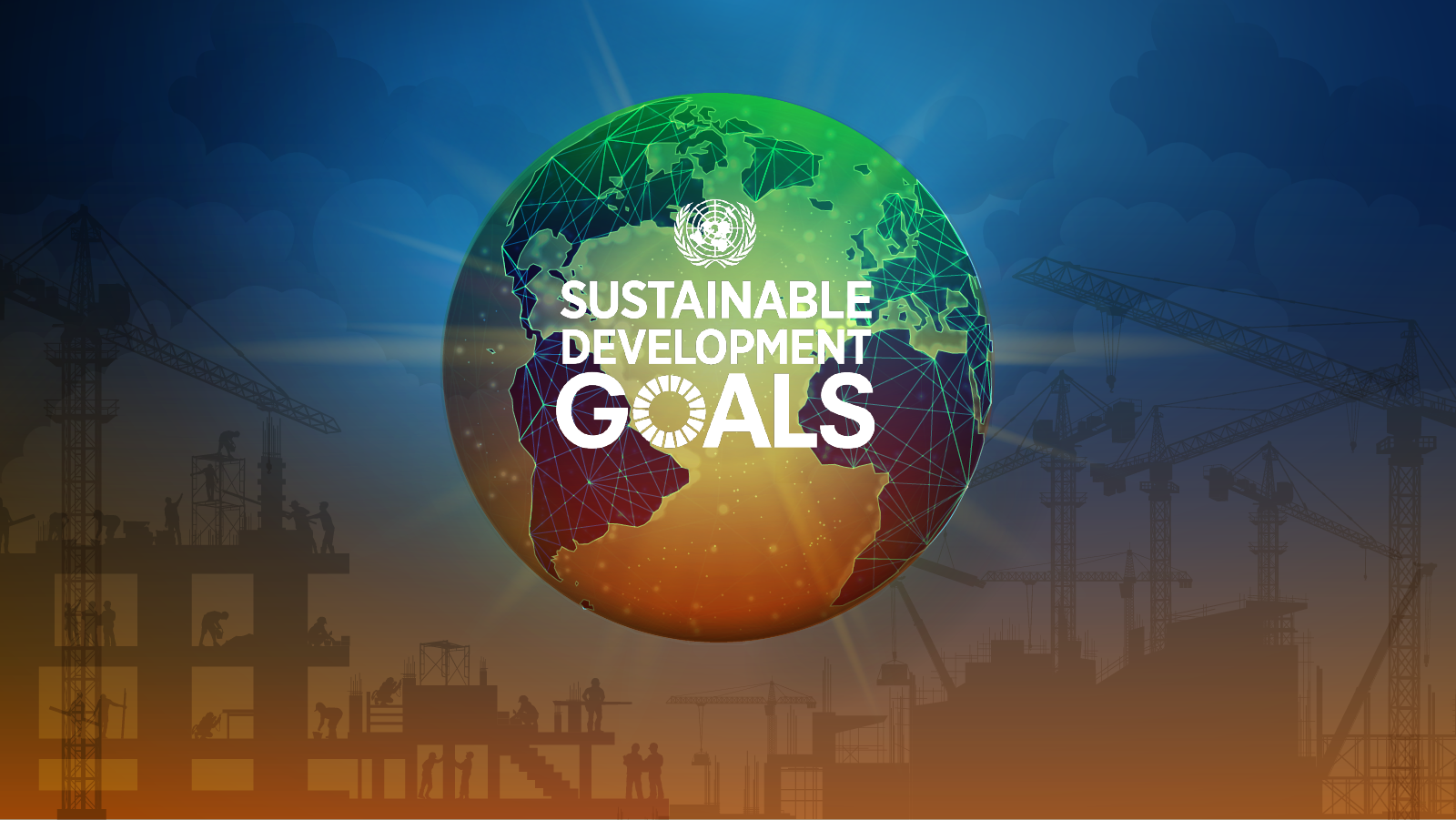
Paris, the city of love, is also the city where the global community finally rallied together to curb greenhouse gas emissions.
The historic Paris Agreement, born from the 2015 United Nations Climate Change Conference (COP21), set a laudable ambition “to limit the global temperature increase in this century to 2 degrees Celsius while pursuing efforts to limit the increase even further to 1.5 degrees.”
This year’s COP27 in Sharm el-Sheikh, Egypt must face the unfortunate realization that this goal is destined for failure. Lovers: you may want to remove your padlocks from the Pont des Arts before they drown in rising waters.
I’ve written about how digitalization aligns even the most maligned of industries with the Sustainable Development Goals (SDGs) and, hence, with impactful decarbonization initiatives. The progress, or lack thereof, on our global climate change initiatives drives this message home like a knuckleball to the nose.
The UN has endorsed digitalization as an essential pathway through which to achieve the SDGs. Particularly in remote and less developed parts of the world, digitalization of capital projects and industrial infrastructure is a panacea benefitting every actor including owners, operators, contractors, and even host countries particularly when domestic labor is employed.
Why? Because digitalization is a universally beneficial mechanism for infrastructure projects to support all three pillars of sustainability: economic, environmental and social. The digital oversight of construction saves time, money and material resources. It upskills workers, unites globally-fragmented project teams and reduces waste.
EPC groups, who headline the construction, maintenance and upgrades of industrial infrastructure are well poised to have impact on the SDGs because construction projects are a major contributor to greenhouse gas emissions.
Globally, buildings and construction contribute nearly 40 percent of energy-related carbon emissions, a staggering figure. However, the World Economic Forum reports how “the buildings and construction sector moved away and not towards the Paris Agreement…” There is opportunity here.
EPC-sector innovation is at least part of the answer to address this 40 percent. The capital projects sector (as well as maintenance, upgrades and operations of complex infrastructure) must answer the COP27 call of action by moving in the direction of the SDGs and not further away.
The good news is that the solution is simple: EPC groups need to innovate.
EPC innovation can be seen as an amalgamation of both design and technological innovation. What does this mean? 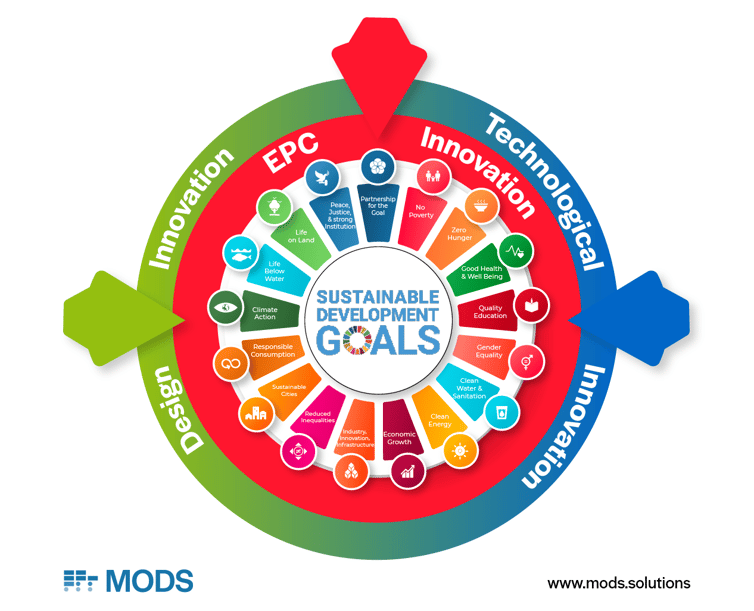
Design of industrial infrastructure and systems informs construction methodology and available techniques. For example, future trends towards pre-fabricated plug-and-play components supports modularity, bolstering asset responsiveness and flexibility as well as reducing environmental footprint.
EPC technological innovation is, effectively, the use of digitalization in construction execution and asset maintenance works. Industrial construction is historically behind the mark in terms of digital maturity.
Adopting existing digitalization tools in the form of both software and hardware transforms construction of capital projects (as well as that of maintenance and upgrades of existing facilities) by slashing embodied carbon outputs.
What does digitalization do to the construction environmental footprint?
The most significant contributor to building-and-construction greenhouse gas emissions is embodied carbon, which has to do with the materials value-and-supply chain processes used in construction as well as the asset operational lifecycle. For industrial or other functional assets, these things are both complex and expansive.
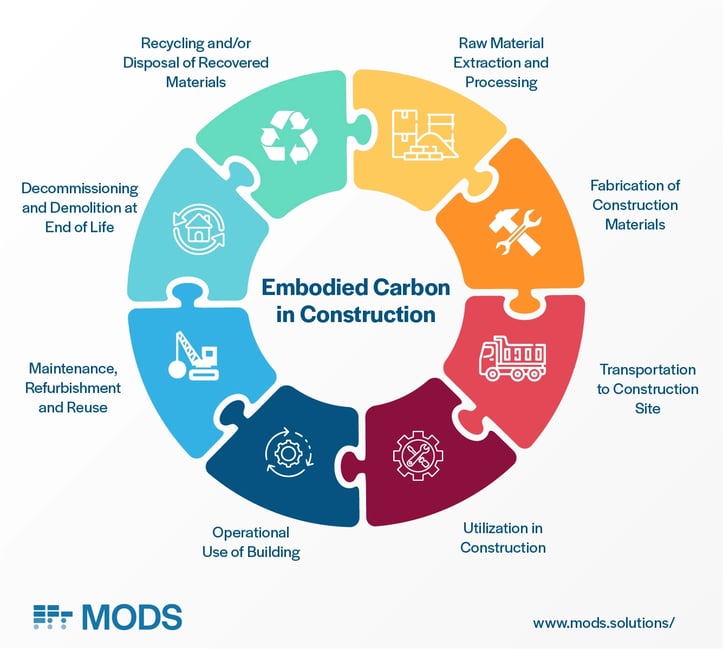
Directing the intricacies of materials, and of the asset at large, demands sophisticated information management to decarbonize projects. In this way, construction can implement a Lean, sustainable approach.
Conventional methods that rely on inordinate amounts of paper, word of mouth and incompatible systems simply don’t cut it. Such methods are inherently wasteful – of time, money and resources. They suffocate potential, impede progress and decimate positive impact.
Digitization and subsequent digitalization of construction execution, including things such as fabrication, materials management, joint integrity and Advanced Work Packaging trim the fat for EPC groups embarking on a digital transformation journey. Digital software construction execution solutions consolidate all project and asset information in one universal database, accessible to all stakeholders from anywhere in the world.
It is possible to be both pro-development and pro-environment. Economic considerations are an oft overlooked pillar of sustainability in the public discourse. EPC firms are experiencing a moment of opportunity amid the climate crisis, but what they do with it will determine the future: from the extent of construction decarbonization to the capacity to build social capital with these efforts.
Digital construction mechanisms are universally beneficial not just on a project basis, keeping works coordinated, on time and within budget, but also on a global scale, reducing one of the most massive contributors to global carbon outputs and making initiatives such as the Paris Agreement less farcical and more achievable. What’s not to love?
If you’d like to learn more about how digitizing your construction processes can help you manage your projects sustainably, read our blog on  .
.

Unlike greenfield or any new build construction projects, plant modifications and upgrades present a unique set of challenges. Work is carried out...

Turnarounds and shutdowns are among the most critical—and stressful—phases in the management and operation of industrial assets. These planned...

Offshore decommissioning and asset retirement present significant logistical, regulatory, safety, fiscal and reputational challenges. The process of...
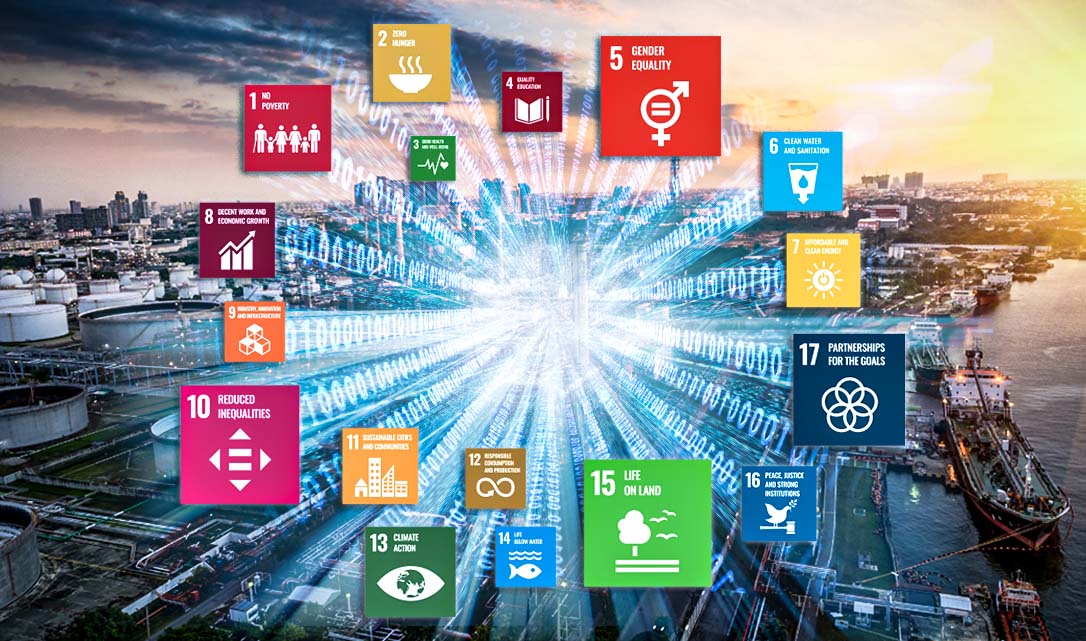
“Adapt or die,” warns the UK Environment Agency (EA) in response to the urgency with which governments, societies and businesses – all stakeholders,...
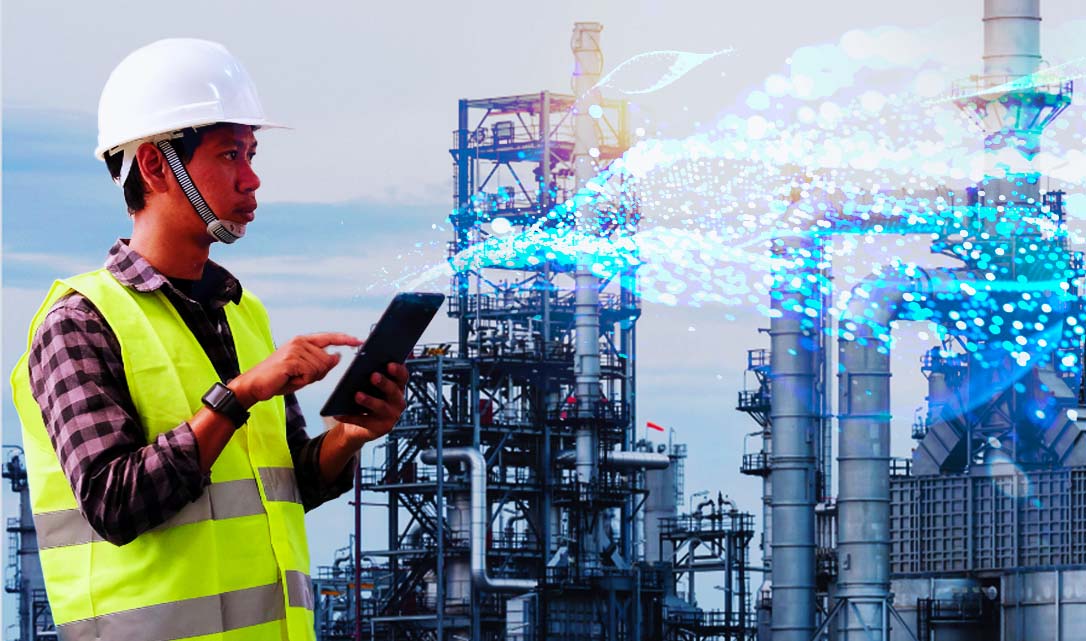
We all have them. Our children obsess over them. From video-calling to home-schooling to game-playing, the ubiquitous tablet has introduced an...

Sustainability. Decarbonization. Environmental, Social and corporate Governance (ESG). These aren’t just buzzwords, but worthy endeavors increasingly...